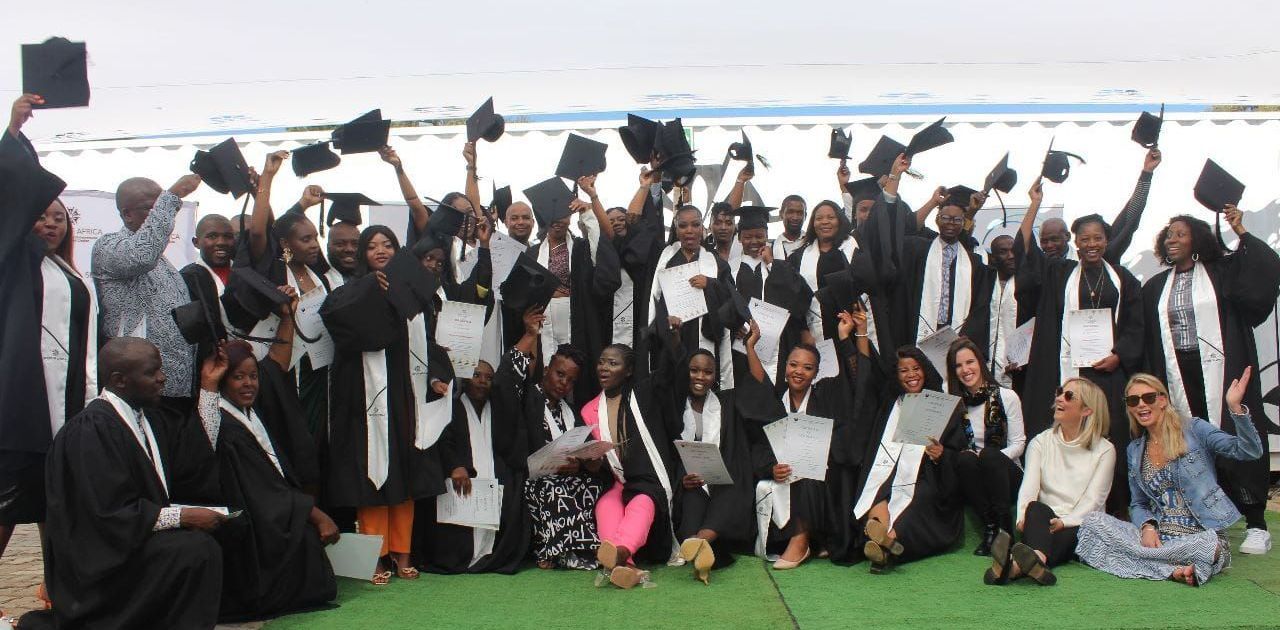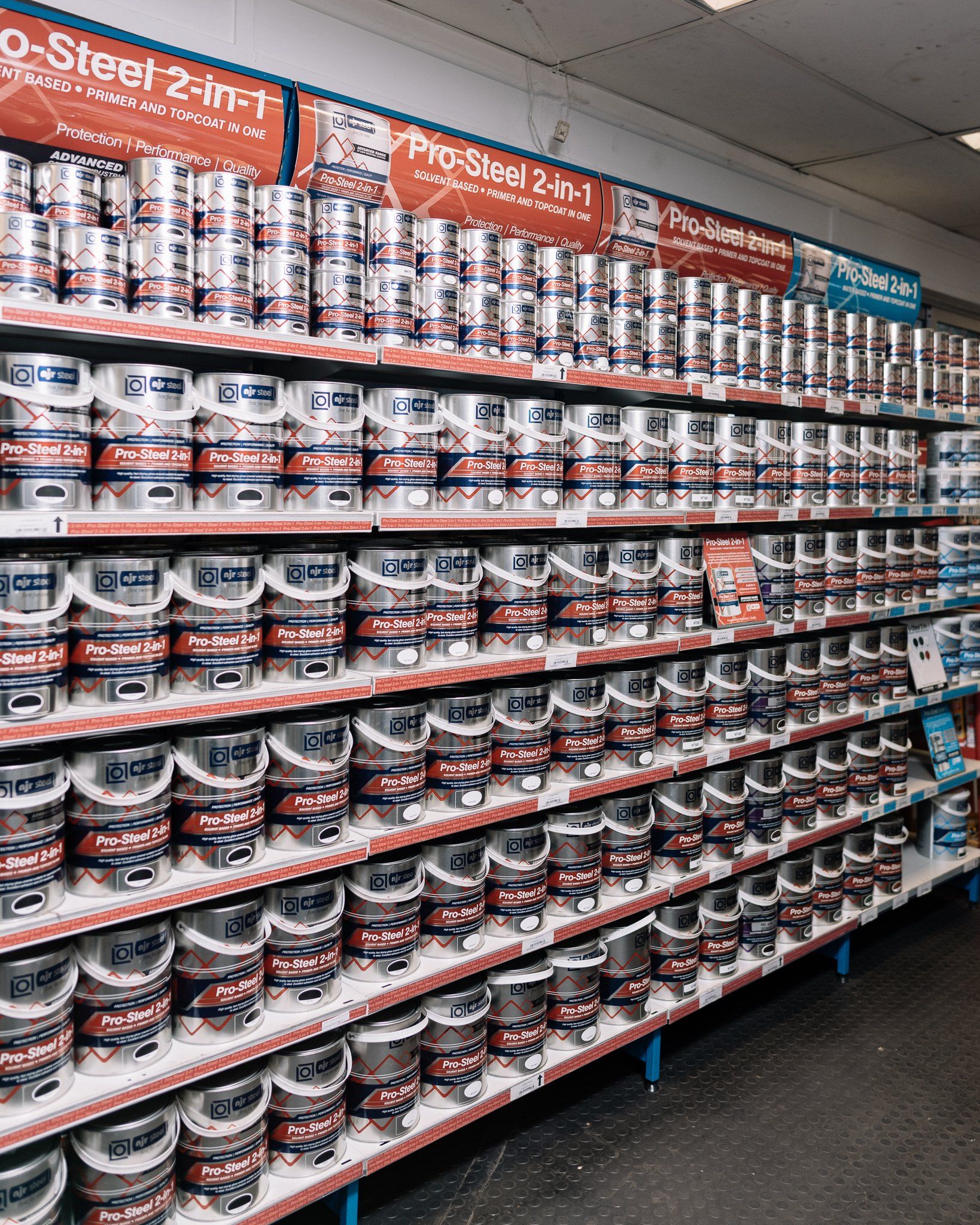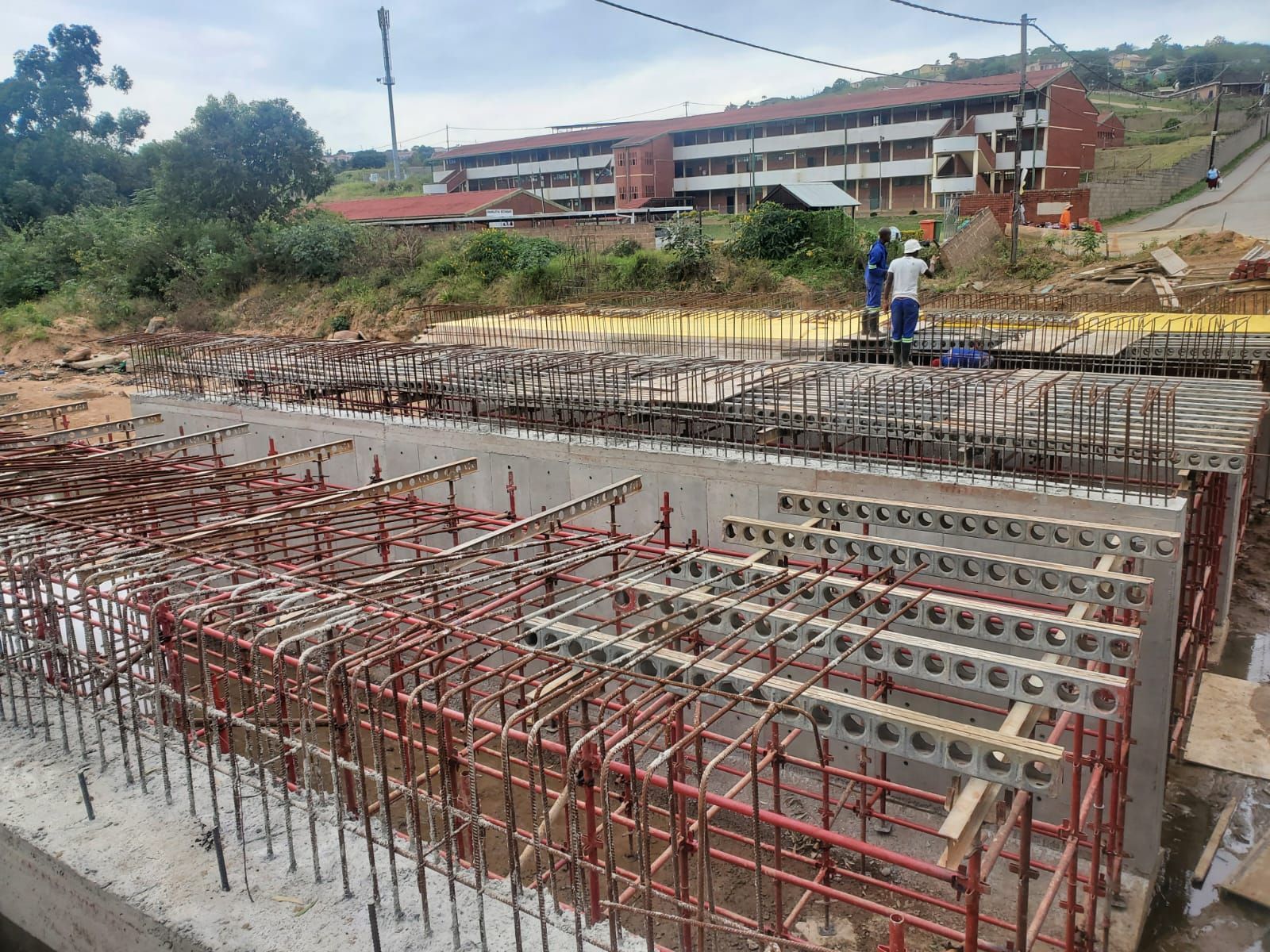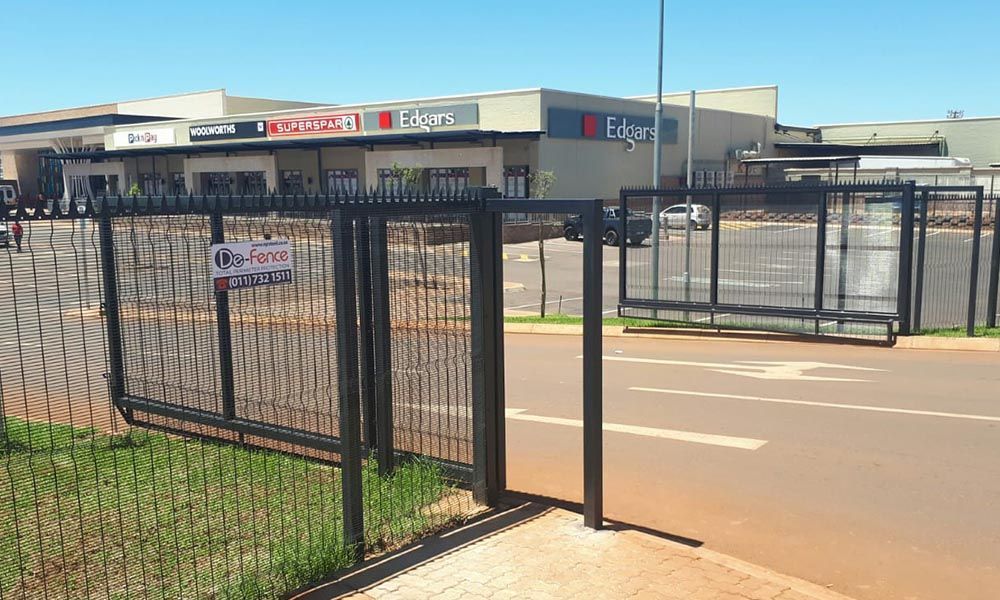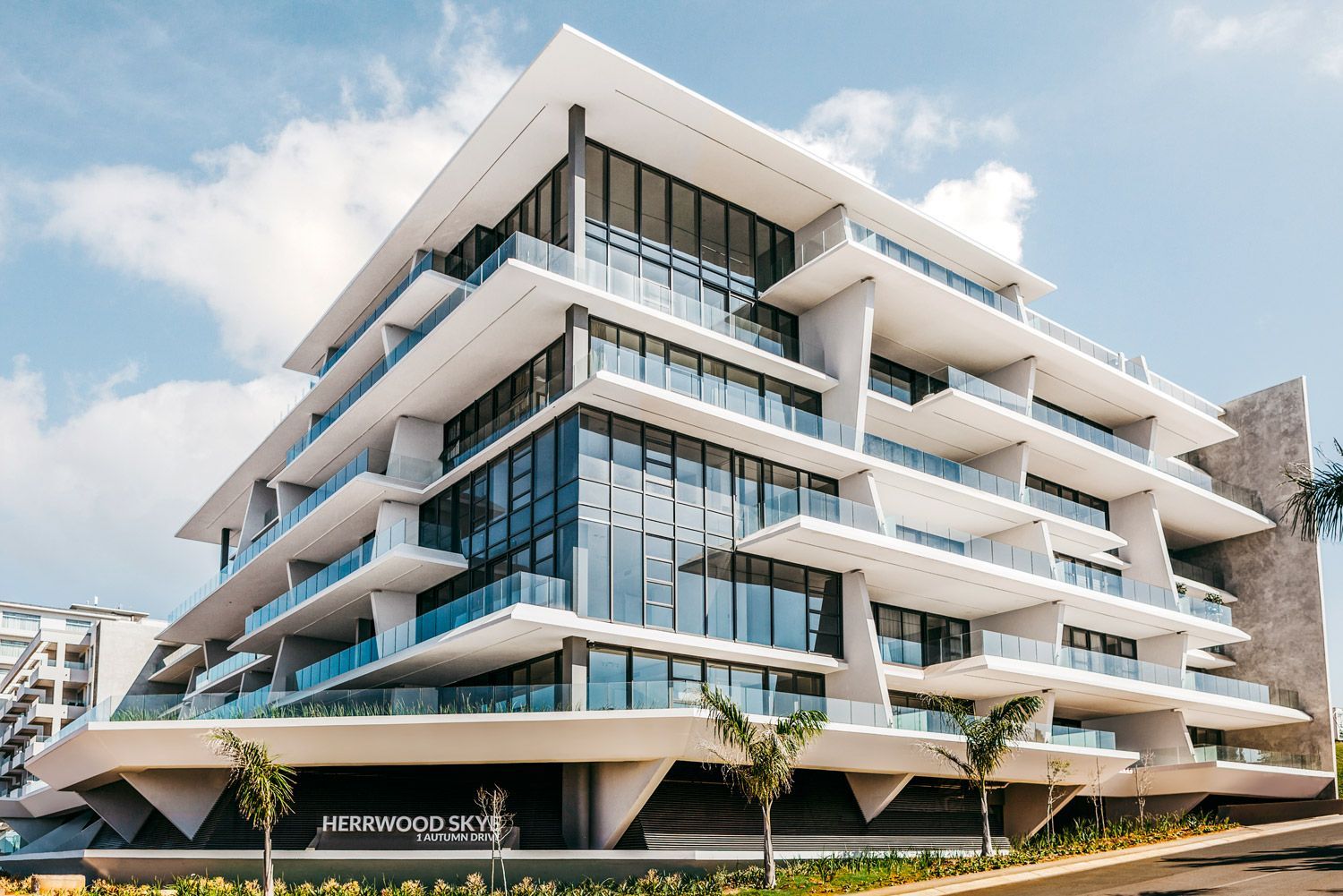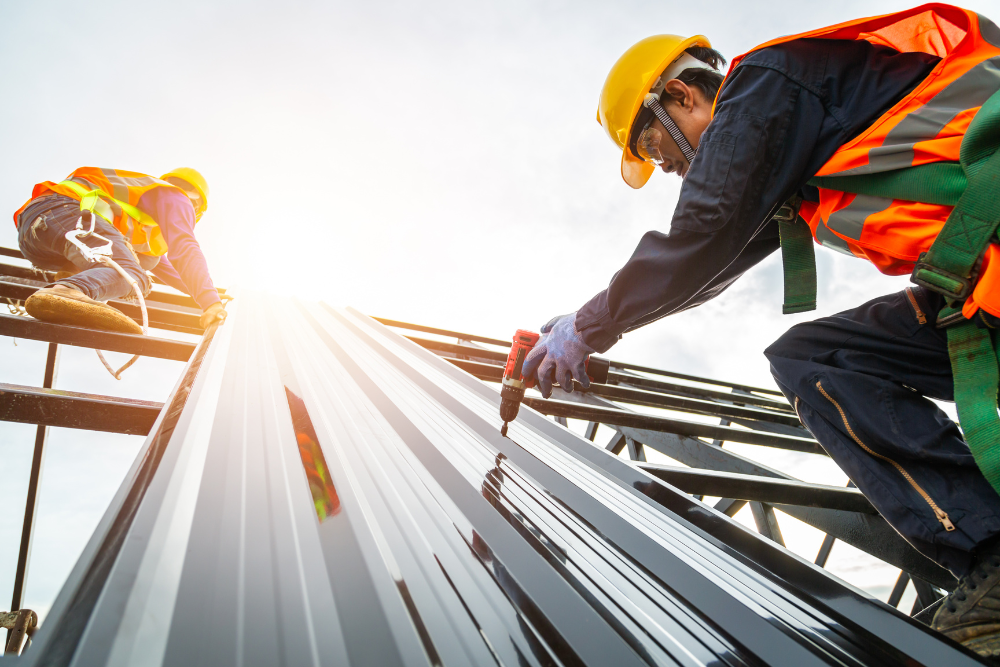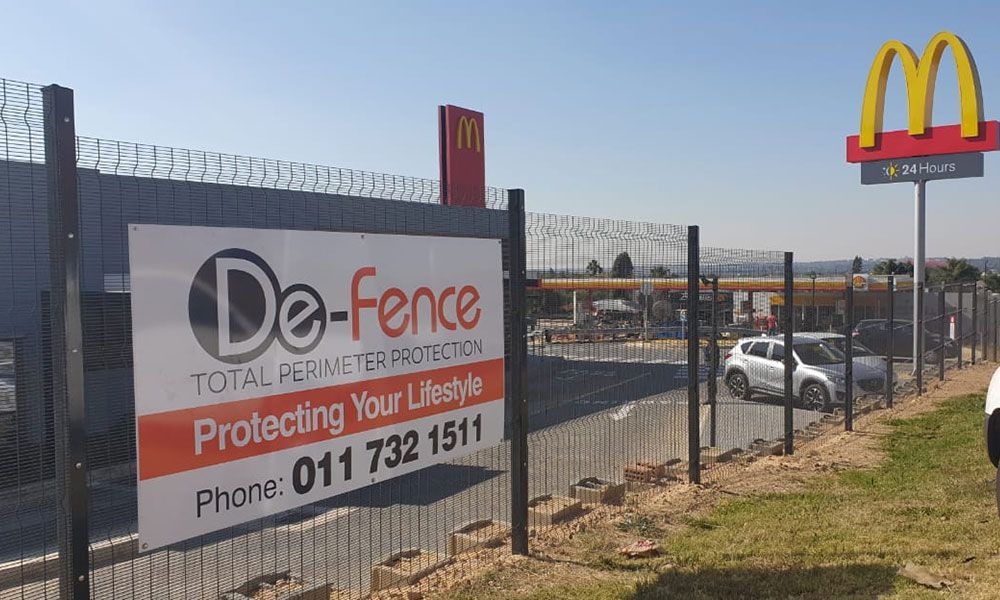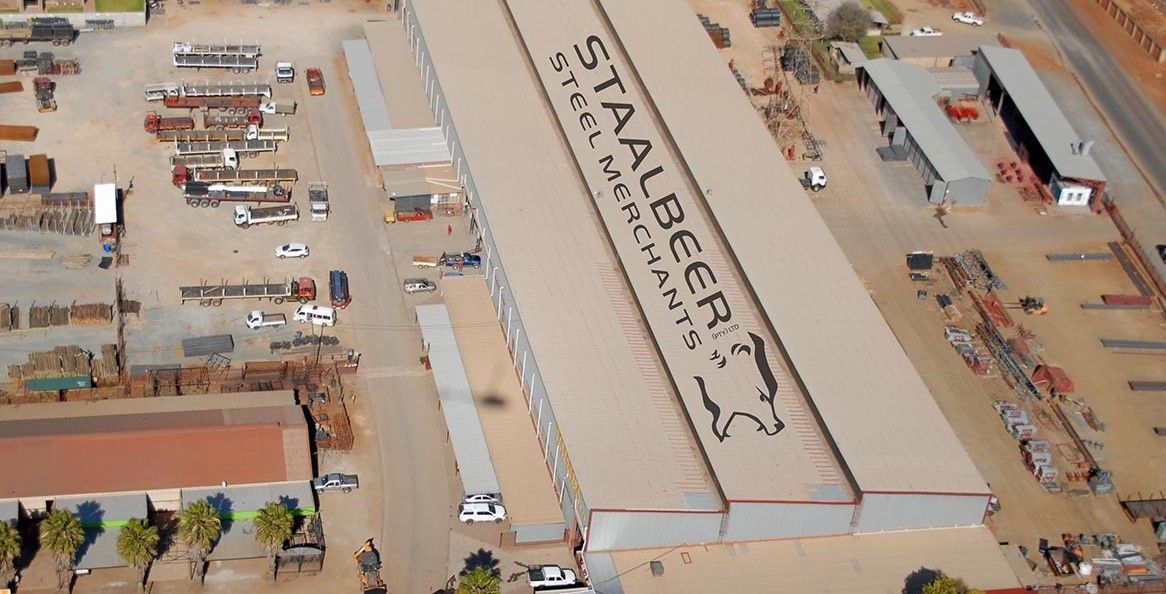Projected Increase in Demand for Steel & Value Added Steel Products in 2023
A Hopeful Outlook for South African Steel in African Mining Projects
Engineering News has reported a projected increase in demand for South African value added steel products in mining projects across Africa amid poor service delivery and high transport costs from China, as well as rising political tension between China and Australia.
Adding to this, Bloomberg reports that China will again cut annual crude steel production in 2023, marking the third year in a row that the government has mandated reduced output in order to rein in carbon emissions.
As a result of difficulties with China, Australia-based mine owners are sourcing new suppliers and creating opportunities for local suppliers to meet this demand as well as demand from Africa says export trade promotion agency International Steel Fabricators (ISF) CEO Neels van Niekerk.
Customs data shows a total of 73 484 tons of primary steel products exported by South Africa during December 2022. A decline of 41,4% and 35,7% compared to December 2021 and 2019 respectively. Annual 2022 exports declined by 3,2% and 43,2% compared to the same period in 2021 and 2019 respectively. During 2022, the share of exported primary steel product was as follows: flat products (46,6%), section and bar (26,2%), intermediate products, (21,3%), wire (5,5%), and rail (0,3%).
South Africa exported approximately 867 000 tons of steel to African countries in 2022. Exports were mostly destined to sub-Saharan African countries.
However Van Niekerk tells Engineering News that demand for locally-produced steel structures is expected to surge before the end of the year. “Local suppliers need to bring their offering to the attention of the identified potential clients wherever they are situated to access these opportunities,” enthuses Van Niekerk.
“We have already received numerous requests from all over South Africa and beyond for the sourcing of products listed. Merchant members are now able to load the details of their service offerings while being part of an interactive map, which should reduce the need to interact with the ISF Secretariat,” says Van Niekerk.
The organization aims to increase export volumes of value-added steel structures, mine processing and pressure equipment from its Southern African members and to grow the number of exporters joining the ISF’s endeavors.
National Budget Suggests Further Opportunities for Growth within South Africa
The 2023-24 National Budget also presented some opportunities for the local steel sector that, if realised, would propel steel demand in the local market.
Some of the key announcements were around supporting infrastructure, mainly transport and logistics, water and sanitation, and the construction sector. R903 billion was allocated to infrastructure development over the medium-term expenditure framework. Most of the spending is allocated to transport and logistics (R351.1 billion) and water and sanitation (R132.5 billion). This is a pivotal point for the steel sector, whose performance is driven by investment in infrastructure.
The large-scale “shovel-ready” infrastructure projects already approved include:
- R3.8 billion over the medium term for Phase 2 of the Welisizwe Rural Bridges programme which is expected to start in April this year. The plan is to install 96 bridges annually to enable rural communities in the Eastern Cape, KwaZulu-Natal, Mpumalanga, Limpopo, Free State, and North West to safely and more easily access schools and workplaces.
- The 488-bed Limpopo Central Hospital which will finally begin construction in March this year.
This is good news for local suppliers and manufacturers in these sectors who can beat loadshedding and create a reliable supply chain for local and international demand.





